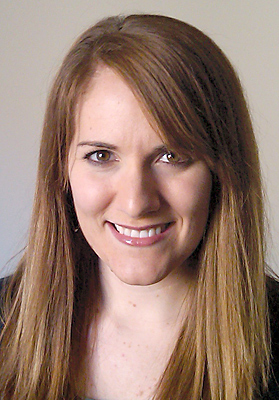
Sitting at my desk a few weeks ago, I took a swig from the nearest water bottle. I absent-mindedly noticed that it lacked the typical freshness and had an awful metallic aftertaste.
Taking a second gulp and actually looking at the bottle I was horrified to realize that I was chugging my stash of holy water!
I later asked Father Andrew Trapp about the proper course of action and he said that some people drink holy water regularly but it’s not a recommended diet given that the fonts can allow a lot of bacteria to percolate. I brushed my teeth twice after that mishap.
As awkward as that moment was, it is yet another reason I love Team Catholic. Like most Catholics living in the Bible belt, I have fielded many questions about the stuff we have in our churches, homes and cars — not to mention burying poor St. Joseph for a quick sale. Images, water, oil, beads — no one accessorizes their faith quite like we do.
The Second Vatican Council explained in Sacrosanctum Concilium #61 that these objects, or sacramentals, are intended to sanctify “almost every moment” of our lives through reminding us of Christ, that material things can be “directed towards the sanctification of men and the praise of God.”
I’m pretty sure Vatican II did not intend people to take shots of holy water at their desks, but sacramental klutziness aside, one has to appreciate a church that provides signs so tangible they can be accidentally swallowed.
The intended use for the holy water on my desk is to sprinkle the eighth-grade boys when they’ve had too much Mountain Dew and to replenish a small font in the doorway. My office is right next to a kindergarten classroom, and when the 5-year-olds line up outside, we always make sure the font is full. They carefully make the sign of the cross and then run to the juice and cookies.
For a brief moment they have been reminded of their baptism and that they have been reborn in Christ through water and the Holy Spirit.
As the Baltimore Catechism has taught for years, a sacrament is an outward sign instituted by Christ to give grace. The “Big Seven” infuse grace into important moments of our lives — baptism celebrates new life, confession reunites us to God when we sin, the Eucharist nourishes our souls just like food feeds our bodies. Sacramentals like holy water and pictures remind us of God in the moments in between.
To the non-Catholic it might seem superstitious or odd, but the church takes her lead from Christ, who used everything from water and mud to bread and wine to announce the kingdom of heaven. Our spiritual life is enriched when we do the same. Just don’t drink the water.
Alison Griswold is the youth director at St. Francis by the Sea Church on Hilton Head Island. She writes her column “Team Catholic” for The Miscellany.

